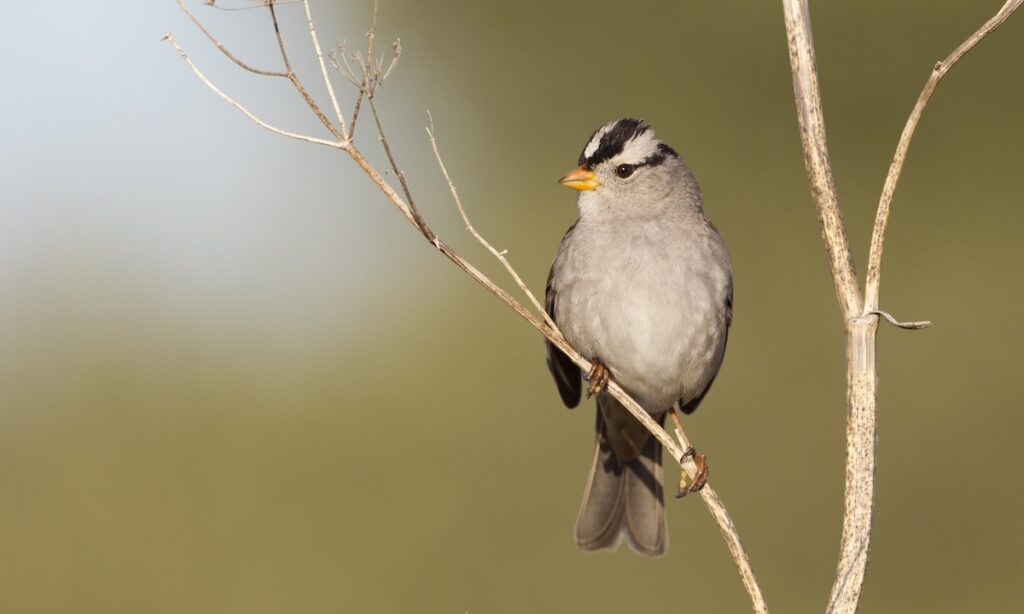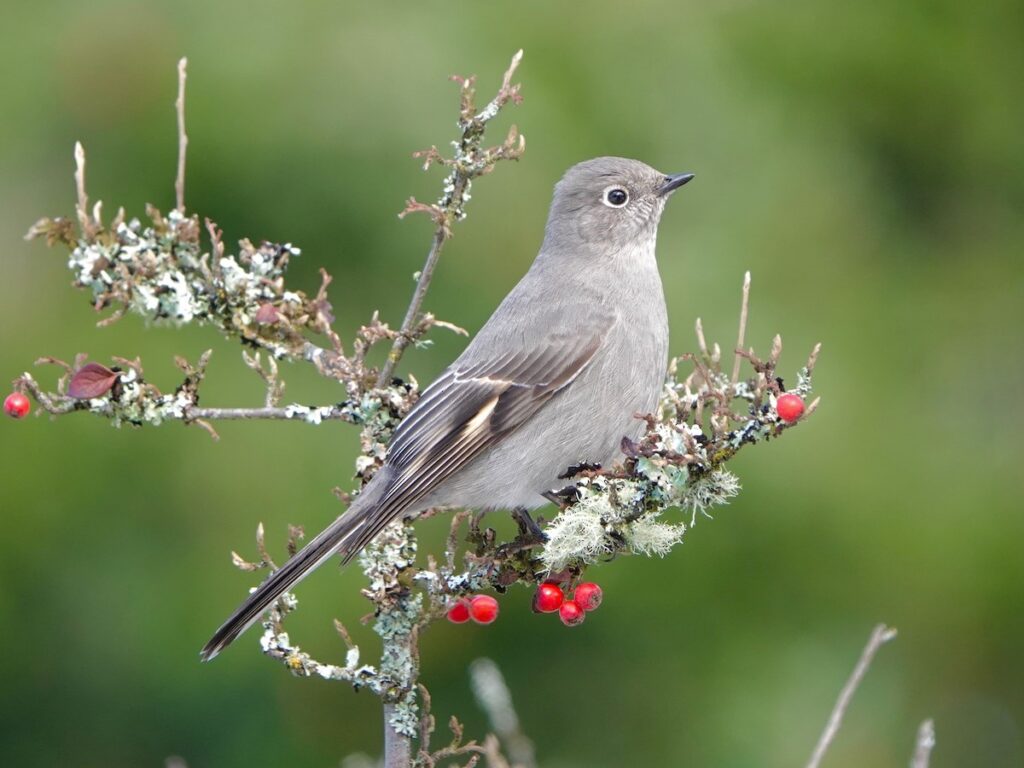Is the Value of Wilderness Quantifiable?
ACES Staff
April 23, 2024

By Teddy Loof, ACES ’23 Naturalist and ’24 Livestock Apprentice
As we learn more about the consequences that human actions have placed on the environment, a question we should ask ourselves is: what is the value of conserving ecosystems?
As an ACES Naturalist, conservation for conservation’s sake is incredibly important to me, but I am always wondering how we can get industry and the government to care as much as we do. I used to think that the answer could be as simple as passing clever economic policies designed to incentivize more mindful recognition of how actions impact the natural world around us. However, with our current political climate, the solution might be more challenging.
Evan Hjerpe, the executive director of the Conservation Economics Institute (CEI), recently spoke at our final Naturalist Night of the season on the value of public land and protected areas from an economic perspective. In his talk, he shared that quantifying the value of public lands, wilderness, and other protected areas is complicated. While the economic value of the extraction of natural resources such as timber on public lands is relatively straightforward, public lands which offer ecological, personal, and societal benefits are difficult to value. More worryingly, funding for federal agencies is not sufficient to manage public lands and hasn’t matched the surge in outdoor recreation that we’ve seen in recent years (Hjerpe, 2024). Some of this funding shortfall can be attributed to the increasing frequency of devastating forest fires; such as the mega fires in California from 2020 to 2021 that burned more than 4.2 million acres (Ayars et al., 2023). Whether caused by the mechanisms of climate change, development, or recreation overuse, more needs to be done to protect our planet’s dwindling biodiversity.

The world is currently experiencing the sixth mass extinction event, and the magnitude of species loss is truly staggering. This clearly is creating alarming changes in the ecological landscape, but is also having economic consequences on public lands. As Pete Morton outlines in his article The Economic Benefits of Wilderness: Theory and Practice, direct use of biodiversity from an economic perspective can come from activities like bird watching, viewing scenic vistas, hunting, and fishing (1999). Additionally, non-direct uses can come from genetic variation between distinct populations of species, which can aid scientists in creating new medicines, develop crop resistance to disease, and a host of other beneficial technologies that can aid productivity. For example, closely related wild species (referred to as crop wild relatives in the scientific community) can be used in breeding techniques to develop pest resistance, environmental stress tolerance, quality and yield increases in agricultural crops and are attributed to nearly 115 billion USD in economic value annually (Tyack et al., 2020). Additionally, more than 40% of pharmaceutical drugs are derived from nature, and approximately 70% of cancer drugs are derived from or inspired by nature, making conservation increasingly important in the medical world (World Economic Forum, 2023; Lovejoy, 2019). More intrinsic benefits can be harder to quantify, but no less important, such as novel human experiences in observing unique species, and the value derived from future research on under-studied or unknown species.

The value of ecosystem services – the benefits that nature provides to humans such as clean air and water, carbon sinks, and protection from natural disasters – is becoming more widely investigated in the scientific community. Scientists are creating new biophysical and ecological models to quantify social values of ecosystem services, incorporate ecosystem services into natural resource management, to monitor changes in ecosystem services over time and how these changes affect costs and benefits in the private sector, among other uses (Villa et al., 2014). These new methods are providing land managers tools that can be used to not only benefit conservation, but also the economy. However practical these models are, it is still impossible to model the immense amount of species interactions that occur in ecosystems with a high level of accuracy, but models can still be used to effectively inform policy decisions.

Although it is becoming easier to quantify the economic value of nature, there are still aspects of wilderness that are impossible to designate a dollar value. The experiences that we have while exploring remote forests and mountain ranges are truly priceless to many, myself included. While it is still important to quantify the value of nature from a policy and conservation perspective, it will never be the whole picture. And that is exactly what makes the natural world so special.
For further reading check out the articles in the works cited section as well as CEI’s website which highlights some of their research and policy work.
Watch Evan’s talk here.
Written by Teddy Loof, ACES at Rock Bottom Ranch Livestock Apprentice
Works Cited:
Ayars, Jessalyn; Kramer, H. Anu; Jones, Gavin M. (2023). The 2020 to 2021 California megafires and their impacts to wildlife habitat. PNAS. 120(48): e2312909120.
Hjerpe, E. (2024, March 7th). The Economics of Public Lands and Protected Areas. The Aspen Center for Environmental Studies, Aspen, Co. https://www.youtube.com/watch?v=87en0D2ICQA
Lovejoy, T. (2019). Eden no more. Sci. Adv.5,eaax7492. DOI:10.1126/sciadv.aax7492
Morton, P. (1999). The Economic Benefits of Wilderness: Theory and Practice, 76 Denv. U. L. Rev. 465.
Tyack, N., Dempewolf, H., & Khoury, C. K. (2020). The Potential of Payment for Ecosystem Services for Crop Wild Relative Conservation. Plants, 9(10), 1305. https://doi.org/10.3390/plants9101305
Villa, F., Bagstad, K. J., Voigt, B., Johnson, G. W., Portela, R., Honzák, M., & Batker, D. (2014). A Methodology for Adaptable and Robust Ecosystem Services Assessment. PLoS ONE, 9(3), e91001. https://doi.org/10.1371/journal.pone.0091001
World Economic Forum. (2023, November 23). This is how biodiversity loss impacts medicine and human health. https://www.weforum.org/agenda/2023/11/biodiversity-nature-loss-health-medicine/
Related Content

ACES Morning Birding at Hallam Lake 10/21/25
Learn More
ACES Morning Birding at Rock Bottom Ranch 10/14/25
Learn More